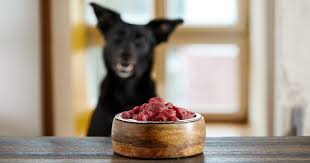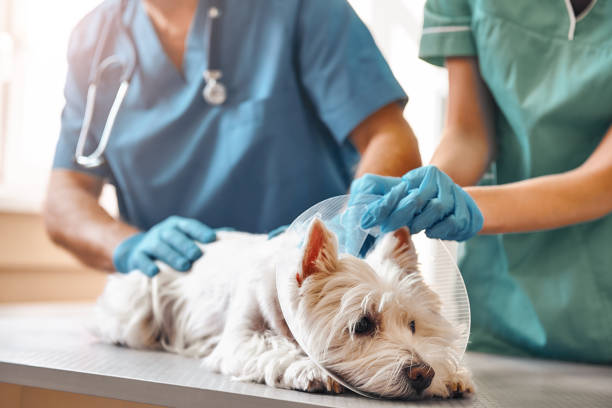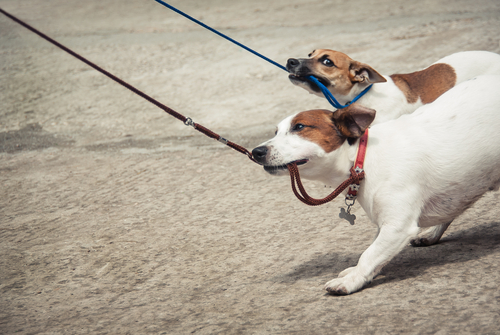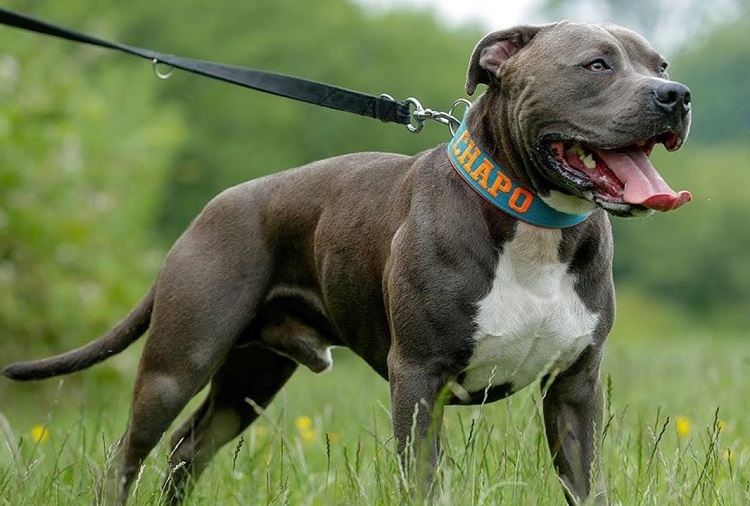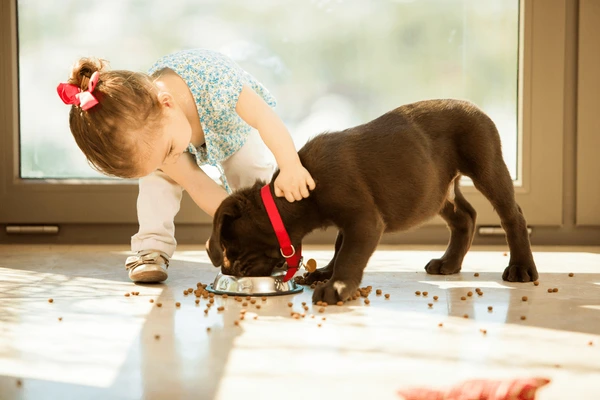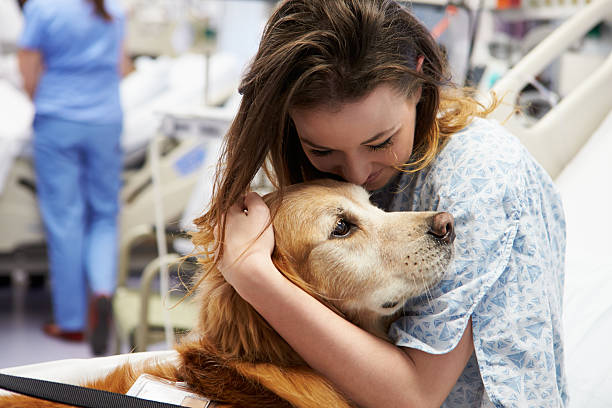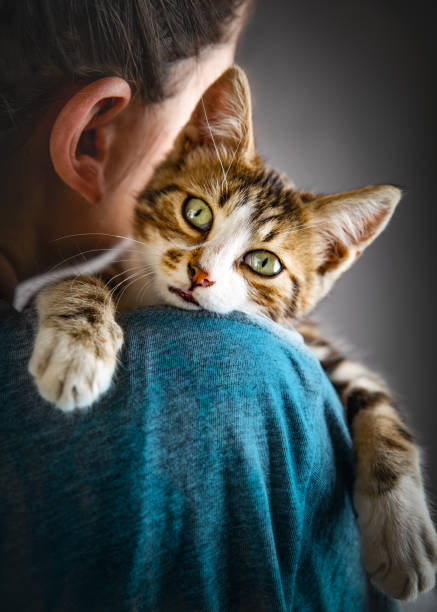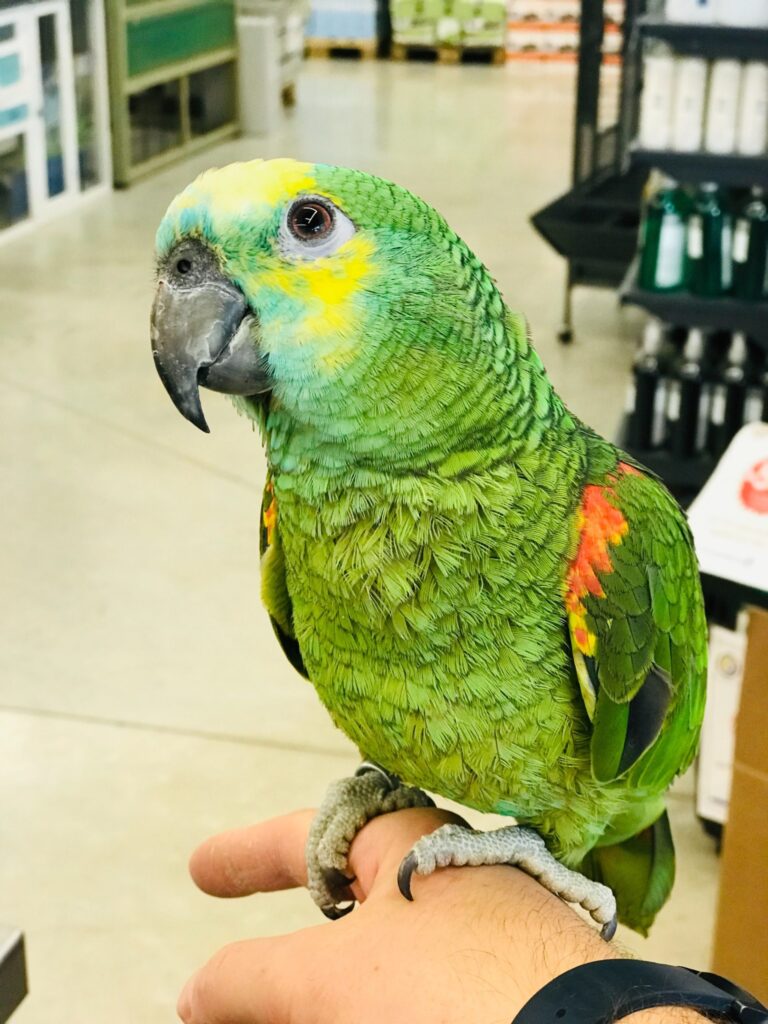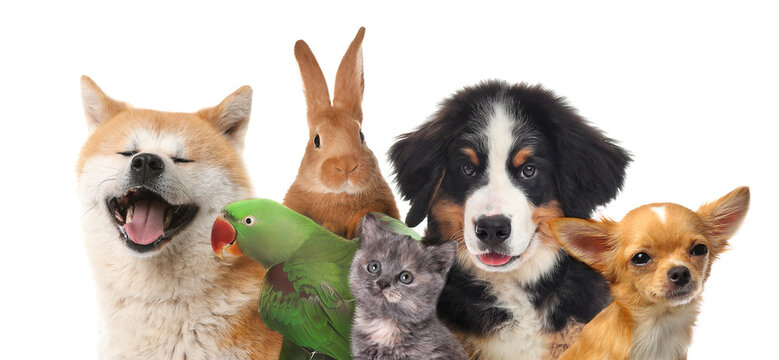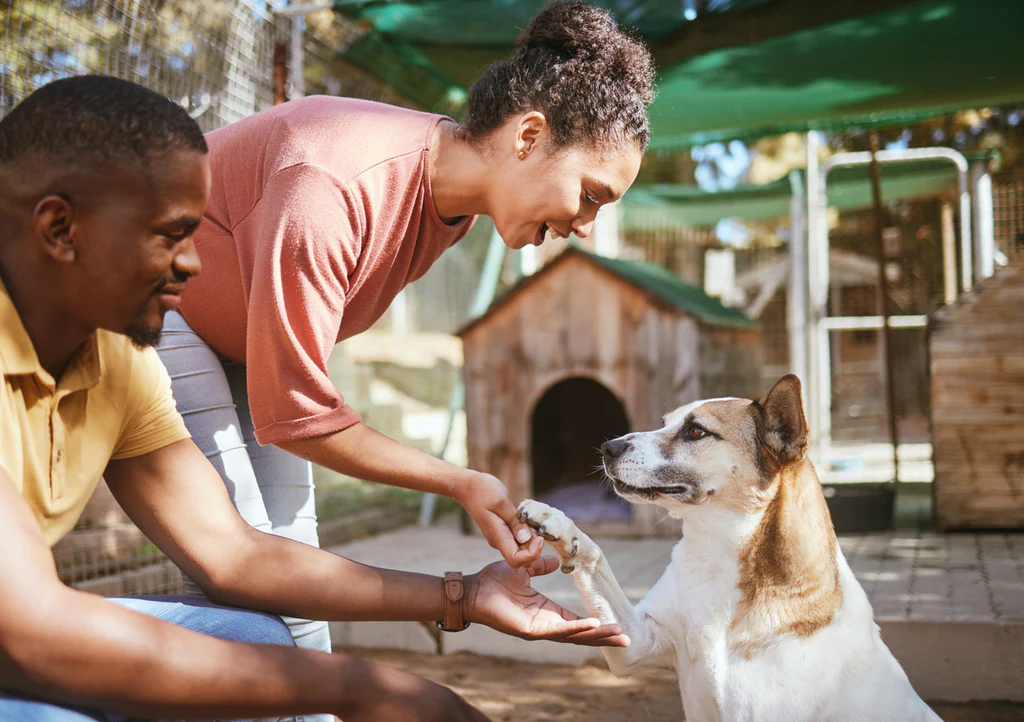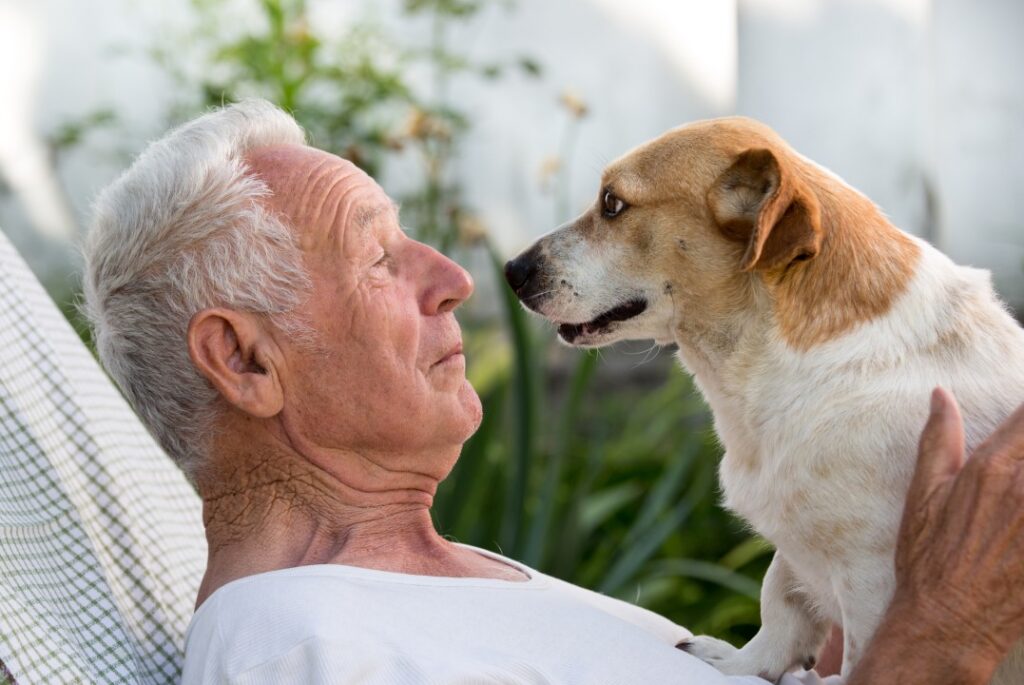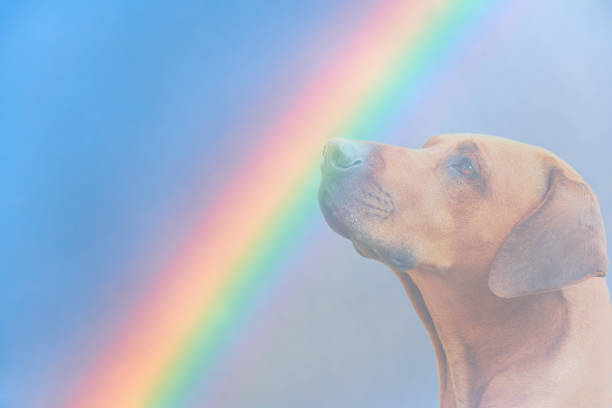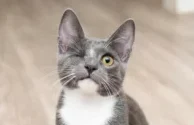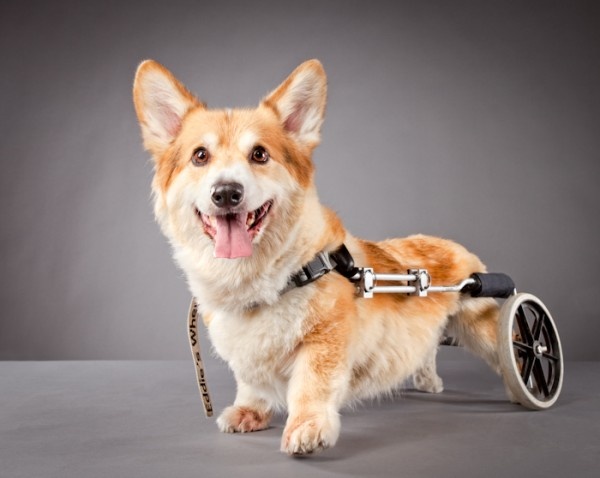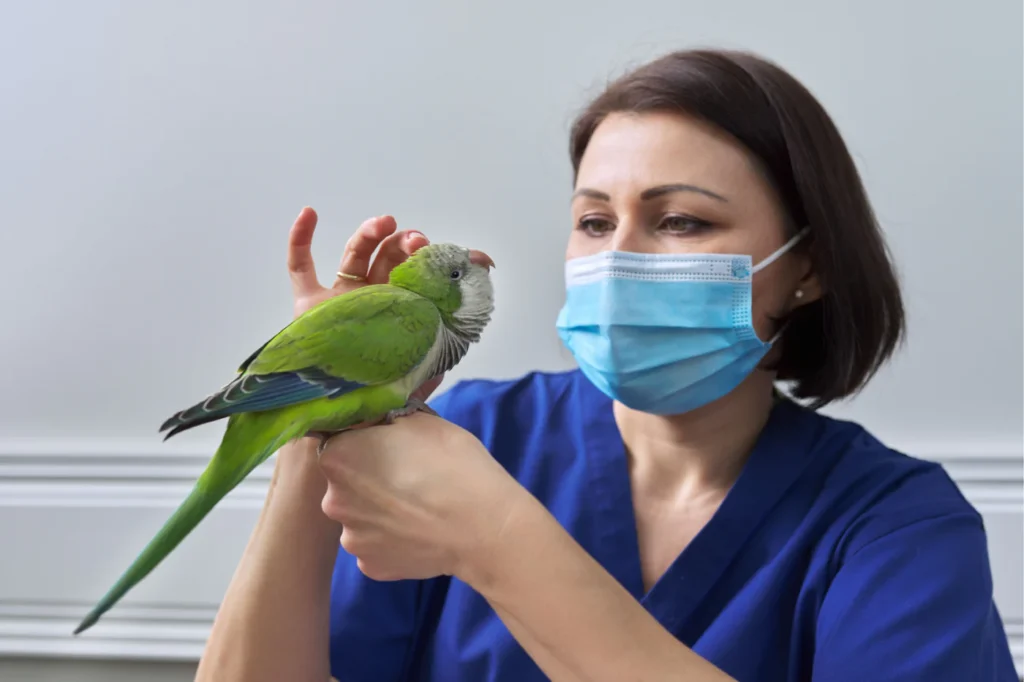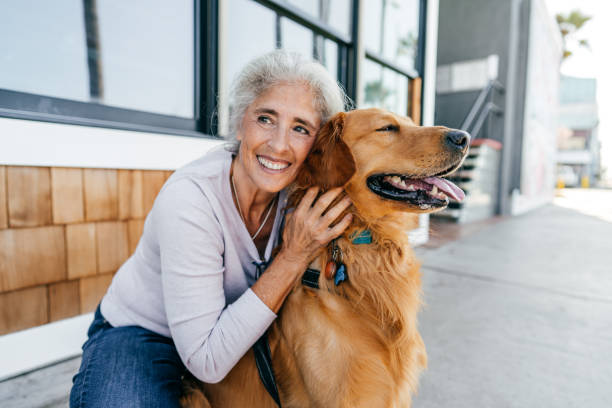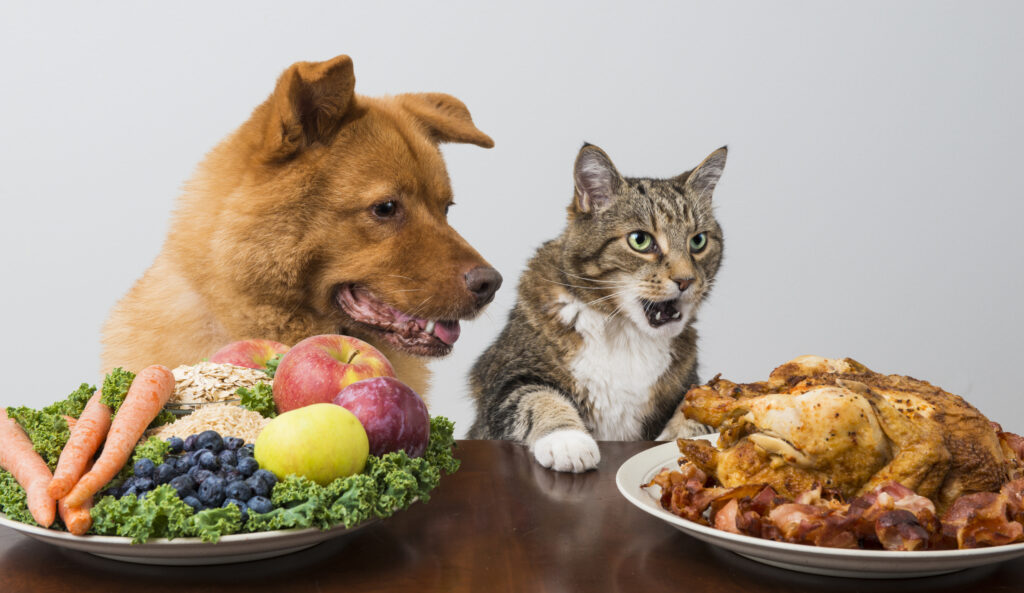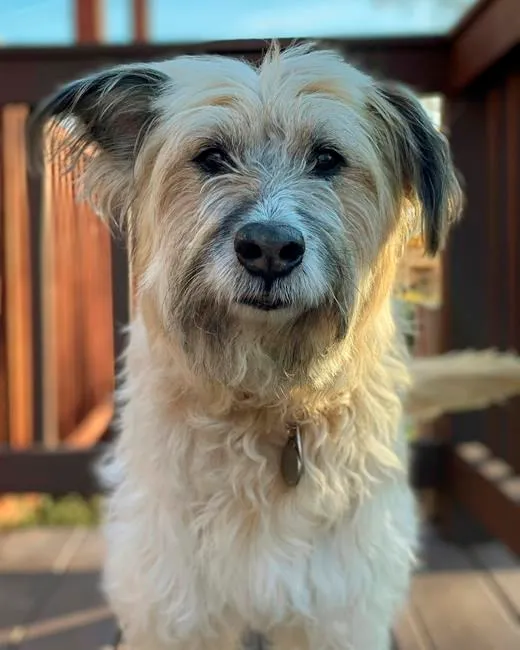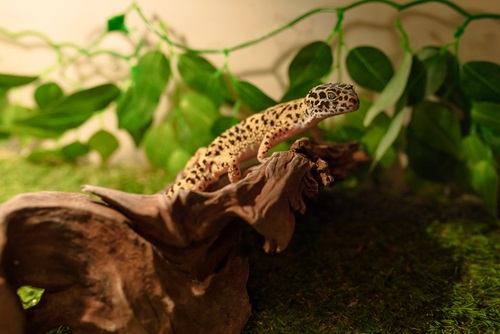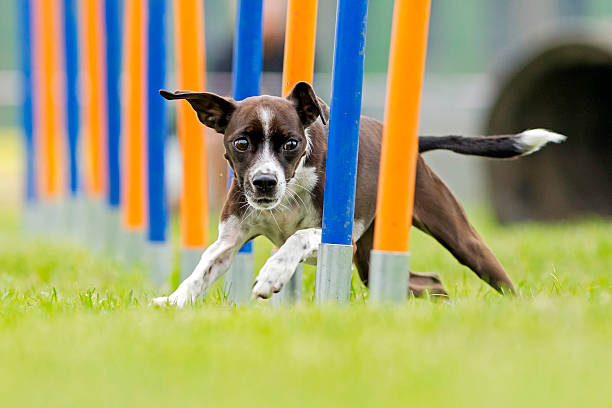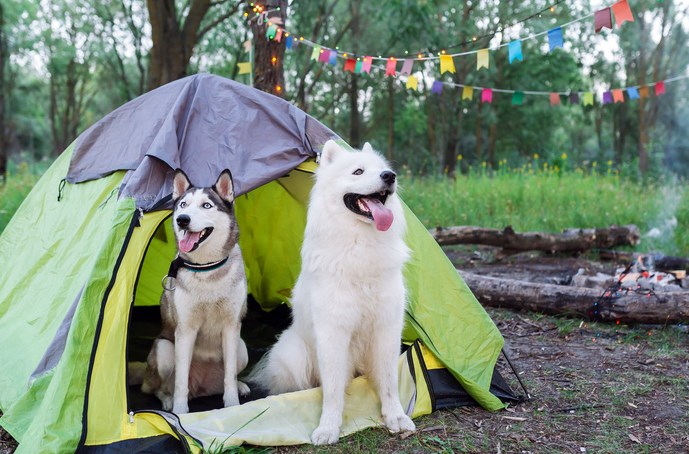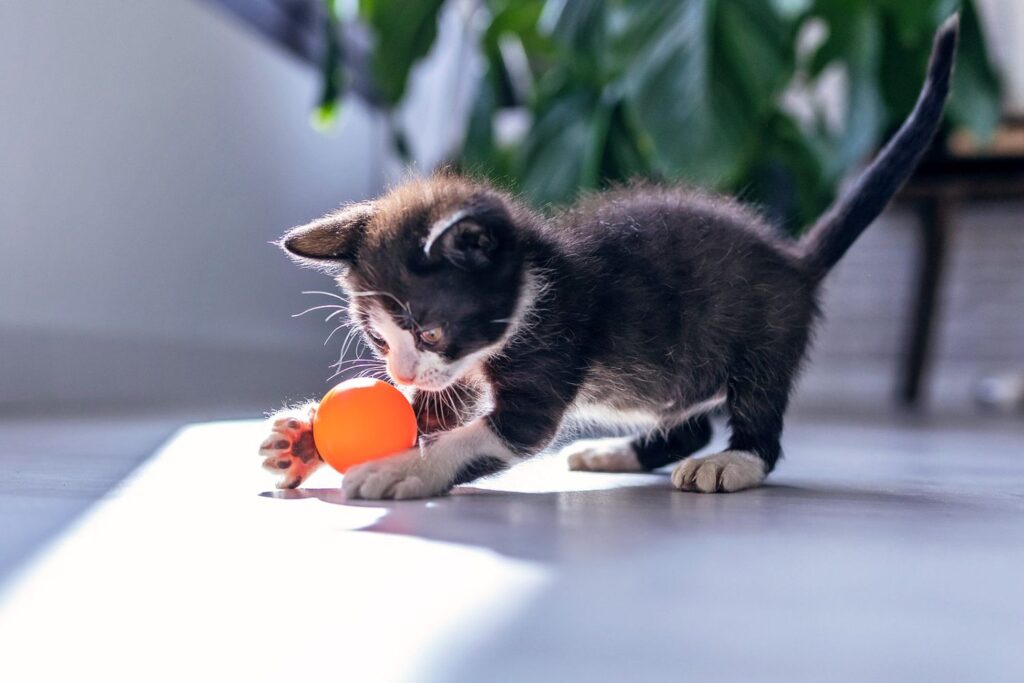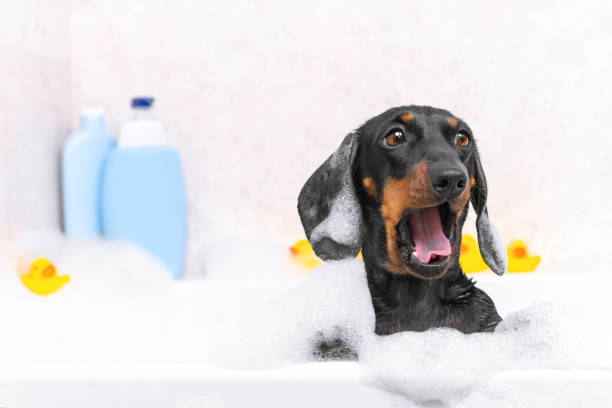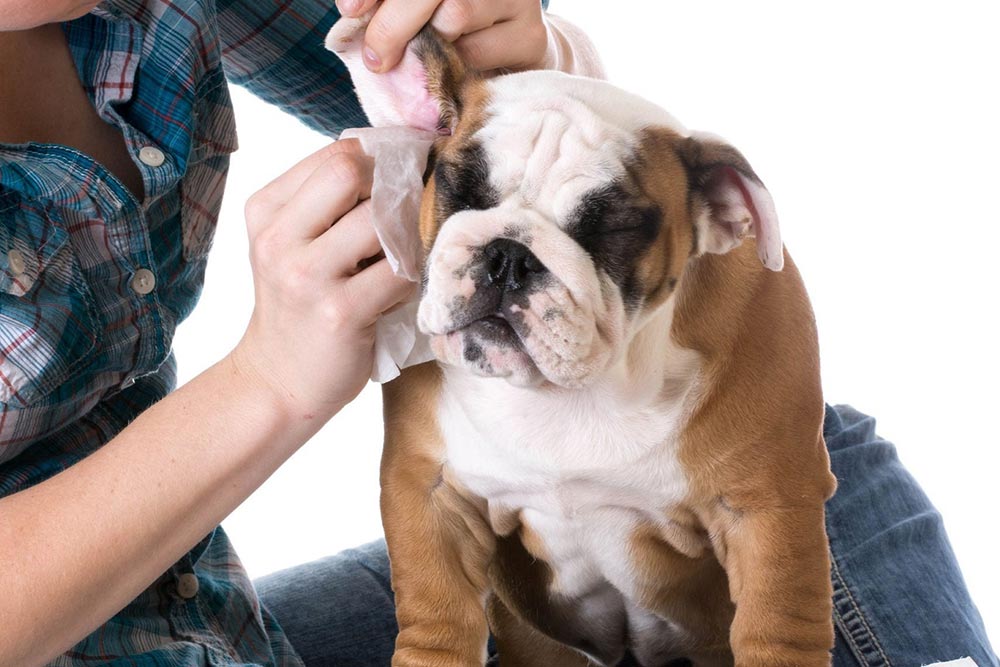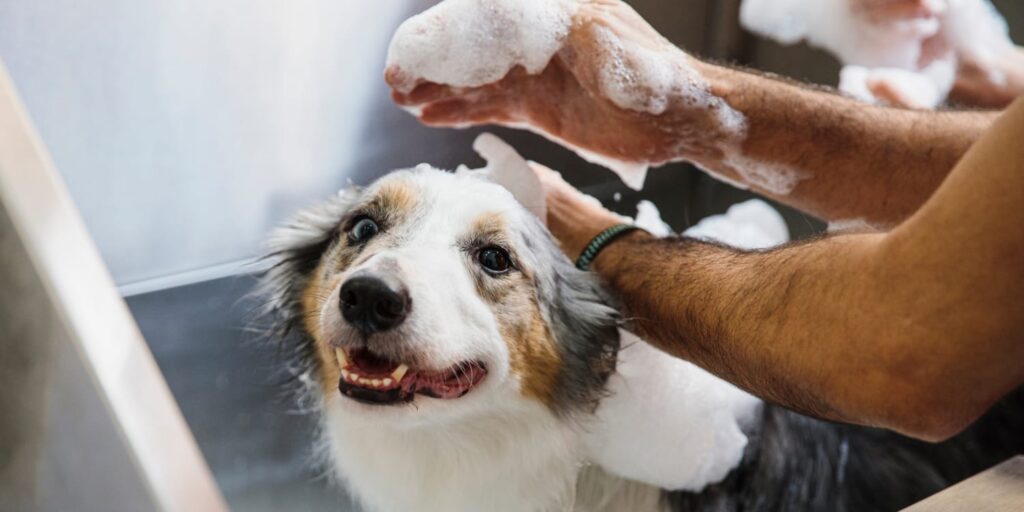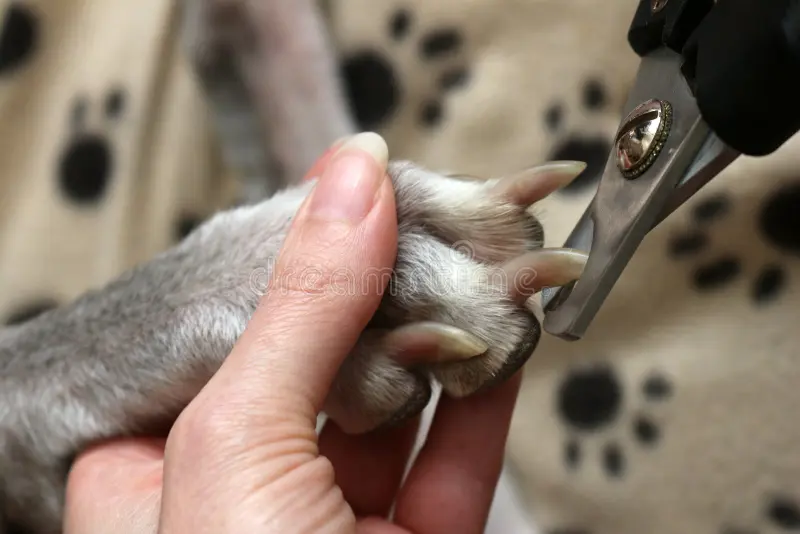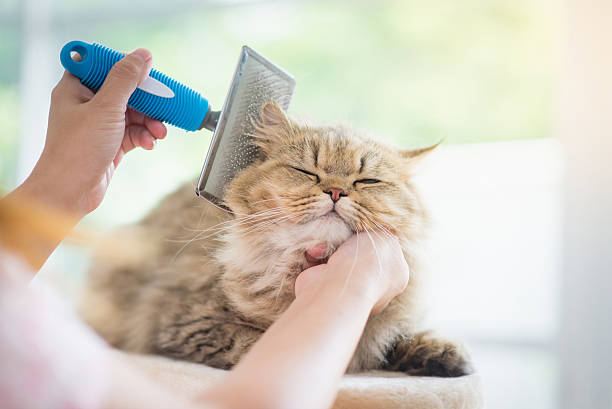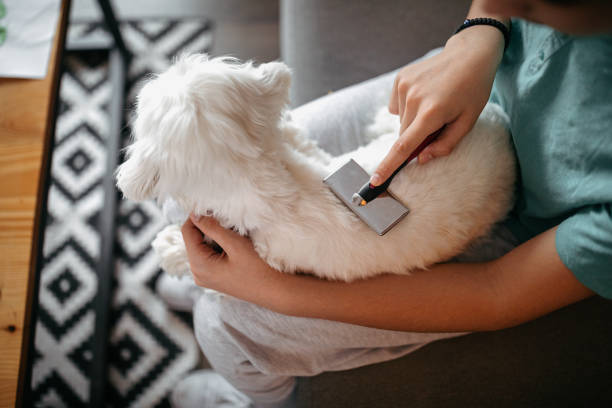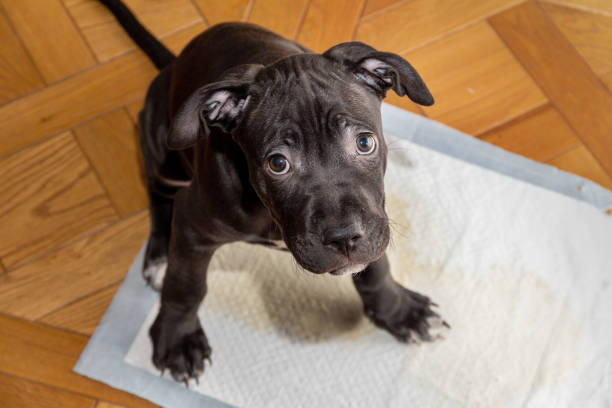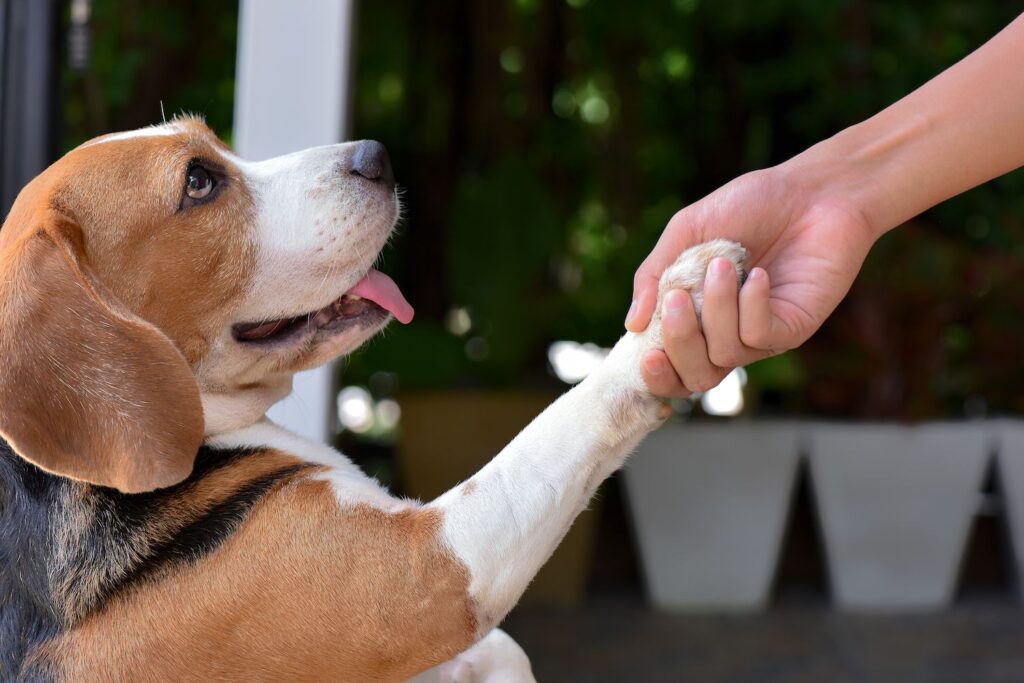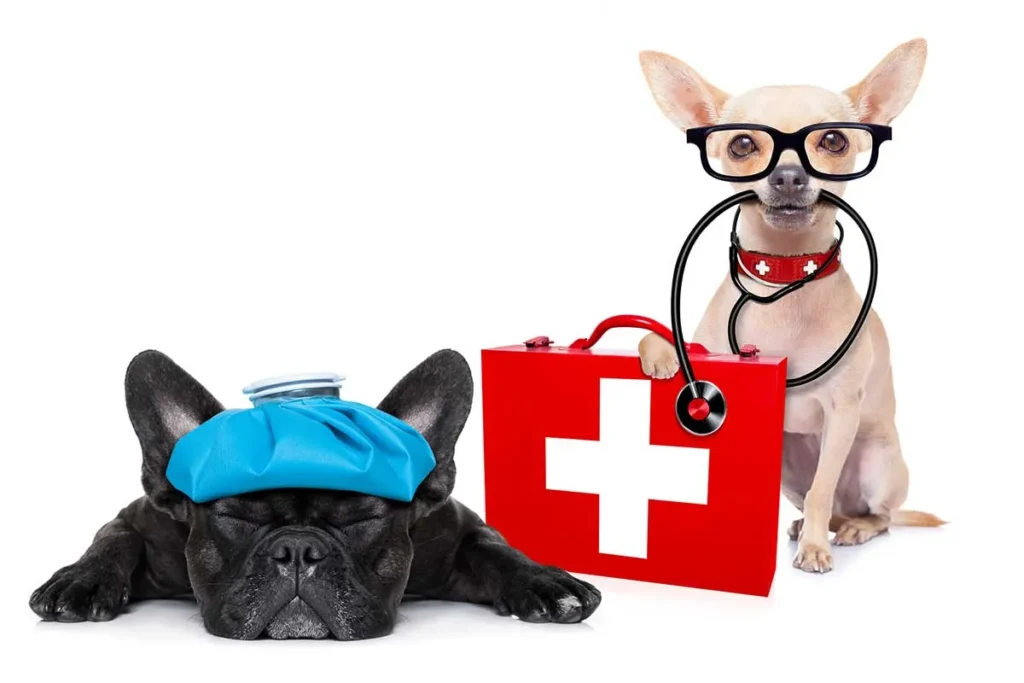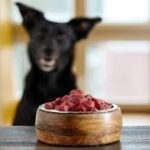Dog Nutrition for Healthy Skin and Shiny Coat: Amazing Facts Pet Owners Need to Know
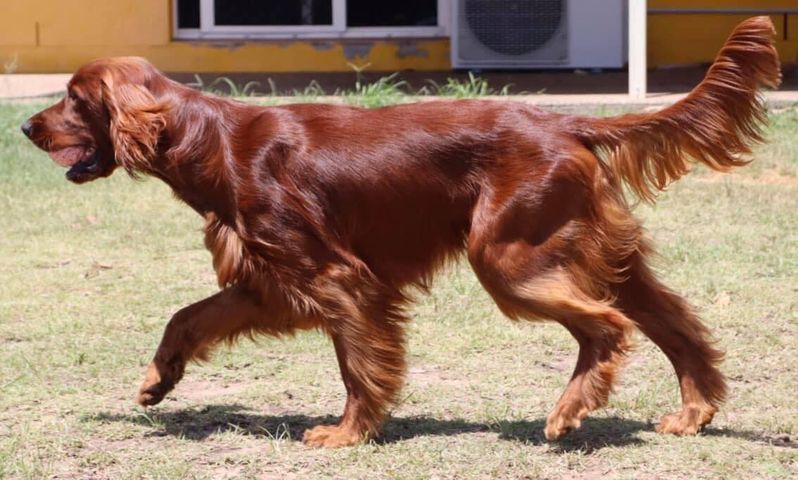
Hey there, pet parents! We all know that our dogs deserve nothing but the best, and that includes having healthy skin and a shiny coat. After all, everyone wants to pet a dog with soft, shiny fur right?
Sometimes though, our furry pals can face issues like itchiness, dullness, or flaking skin. Don’t worry, though—there are ways to tackle these problems and make sure your canine companion looks and feels great!
So, in this article, I’ll be discussing dog nutrition for healthy skin; what nutrients are essential for healthy coats in dogs and possible cause of skin problems in dogs. I know you’re excited to read this, I am too!
Understanding the Signs of Skin Problems in Dogs
- Slow Hair Growth in Shaved Areas:
If you notice that your dog’s hair is taking longer to grow back in areas where it was shaved or trimmed, it could be a sign of underlying skin issues. Healthy skin promotes regular hair growth, so any delays in regrowth might indicate a problem such as poor skin health, inflammation, or even an infection. Skin problems in dogs can occur over a period of time and even when treated, there’s a possibility of reoccurrence. Therefore, a fast and swift response is necessary.
- Changes in Hair Color:
Keep an eye on your dog’s coat color. Any changes, such as patches of discoloration, faded hues, or irregular pigmentation, could signal an underlying issue. For example, certain skin problems in dogs or nutritional deficiencies can manifest as changes in hair color. Consulting with your veterinarian can help identify the cause and appropriate treatment.
- Split Ends:
Just like human hair, dog fur can develop split ends. While the occasional split end might not be cause for alarm, widespread or persistent splitting can indicate dryness, brittleness, or damage to the hair shaft. Factors such as inadequate grooming, harsh weather conditions, or nutritional imbalances can contribute to split ends in your dog’s coat. - Pressure Sores:
Pressure sores, also known as decubitus ulcers or bed sores, can occur when there is prolonged pressure on a specific area of your dog’s body. This often happens when dogs spend extended periods lying down on hard surfaces or improper bedding. Pressure sores can lead to skin irritation, inflammation, and even infection if not addressed promptly. - Scratching, Licking, or Chewing:
Behavioral signs like excessive scratching, licking, or chewing at the skin or coat can indicate discomfort or irritation. Your dog may be trying to relieve itching caused by allergies, parasites, dry skin, or dermatitis. Persistent scratching or chewing can lead to further skin damage and should prompt a visit to the vet for proper diagnosis and treatment.
- Odor and Dandruff:
Unpleasant odors or an increase in dandruff can be signs of underlying skin issues. While some odor is normal for dogs, a strong, persistent smell or an excessive amount of dandruff could indicate skin infections, allergies, or poor skin health. Regular grooming and a balanced diet can help manage these issues. - Redness, Swelling, or Lesions:
Visible signs of redness, swelling, or lesions on your dog’s skin require immediate attention. These symptoms can indicate inflammation, infections, allergic reactions, or even more serious conditions. Your veterinarian can perform a thorough examination and recommend appropriate treatment based on the underlying cause.
By paying attention to these signs and promptly addressing any concerns with your veterinarian, you can ensure that your dog’s skin and coat remain healthy and vibrant. Regular grooming, a nutritious diet, parasite prevention, and proper veterinary care are key components of maintaining optimal skin and coat health for your furry friend.
The Power of Good Nutrition for Healthy Coats in Dogs:
Improving your dog’s skin and coat health requires a focused approach to their nutrition. While essential vitamins such as Vitamin E, Vitamin C, and Biotin, along with minerals like Zinc and Copper, are beneficial, it’s crucial to prioritize your dog’s protein and fat intake. Protein and fatty acids play pivotal roles in enhancing and maintaining your dog’s skin and coat condition.
Yes, one of the best ways to improve your dog’s skin and coat health is through their diet. Yep, what they eat plays a big role in how their fur looks and feels. Here are some nutrients to focus on:
- Protein:
The majority of a dog’s coat consists of protein. According to the 4th World Congress of Veterinary Dermatology in 2020, protein makes up about 95% of dog hair. Given this high protein content, opting for meals rich in protein can greatly benefit your dog’s coat.
Think of protein as the building block for your dog’s coat. Aim for animal-based proteins like fish, chicken, turkey, lamb, or eggs—they contain all the essential amino acids your dog needs for healthy skin and fur.
Plant proteins serve as excellent complementary sources of protein and can be effectively combined with animal-based options. Good examples of plant protein sources include corn, pea protein, and gluten meal.
- Fats:
Fats play a crucial role in enhancing and maintaining healthy coats in dogs. While the body naturally produces some fats, essential fatty acids (EFAs) must be included in your dog’s diet as their body cannot produce these on its own. Essential fatty acids include Omega-3 and Omega-6, each offering unique benefits:
Omega-3 fatty acids are particularly beneficial for treating skin disorders and alleviating allergies or inflammation in dogs. Rich sources of Omega-3s include salmon oil, canola oil, and flaxseed. Salmon oil contains Omega-3 eicosapentaenoic acid (EPA) and docosahexaenoic acid (DHA), while flaxseed and canola oil provide Omega-3 alpha-linolenic acid (ALA).
On the other hand, Omega-6 fatty acids help restore shine to your dog’s coat and maintain skin oil levels. Including the right amount of Omega-6s in their diet can bring back the luster to their coat. Vegetable oils like sunflower oil and safflower oil are excellent sources of Omega-6 fatty acids.
It’s important to note that while Omega-6 acids are more prevalent in most fats and oils compared to Omega-3 acids, dogs require a balanced intake of both for optimal health. Achieving this balance ensures your dog enjoys moisturized skin, reduced inflammation, and protection against irritants and allergens, all contributing to a healthy and vibrant coat.
- Vitamins and Minerals:
Let’s not overlook the importance of vitamins and minerals in maintaining healthy coats in dogs! Vitamin E acts like a superhero, promoting skin smoothness and overall health. It helps combat dryness and supports skin elasticity, contributing to a shiny coat.
Vitamin C is another powerhouse nutrient that aids in tissue growth and repair. It plays a crucial role in collagen synthesis, which is essential for skin strength and resilience.
Biotin, also known as Vitamin B-7, works wonders in reducing dandruff and enhancing coat shine. It promotes healthy skin and hair growth, ensuring your dog’s coat looks and feels its best.
Minerals like zinc and copper are vital for skin integrity and hair pigmentation. Zinc supports wound healing, maintains skin health, and aids in the production of essential enzymes. Copper, on the other hand, plays a role in melanin production, contributing to coat color and vibrancy.
Including a balanced mix of these vitamins and minerals in your dog’s diet can make a significant difference in their skin and coat condition, promoting a healthy, glossy coat and overall well-being.
Final Thoughts on Dog Nutrition for Healthy Skin
Just like how our own diets impact our skin and hair, what your dog eats plays a big role in their coat’s health and yes, meals can help with skin problems in dogs. Whether your pup’s fur is already looking great or needs a little extra love, using this info in their meals can make a real difference.
So, give it a try and let us know how your furry friend’s skin and coat health improves. We’re rooting for them to have a shiny, healthy coat that makes them feel their best!
Read More: Senior Pet Nutrition
FAQ
What does a healthy dog skin look like?
A healthy dog's skin typically looks smooth, supple, and free from redness, irritation, or inflammation.
What does an unhealthy dog coat look like?
An unhealthy dog coat can exhibit various signs that indicate underlying issues with your pet's skin or overall health.
The signs includes but not limited to a dull appearance, excessive shedding, dry/flaky skin, hair loss or bald patches, skin redness or irritation and foul smell.
How can I improve my dogs skin health?
To improve your dog's skin health, focus on their diet by providing a balanced and nutritious meal rich in essential fatty acids, high-quality proteins, vitamins, and minerals.
Additionally, consult with a veterinarian for recommendations tailored to your dog's specific needs, including regular grooming, parasite prevention, and addressing any underlying medical conditions affecting their skin.


